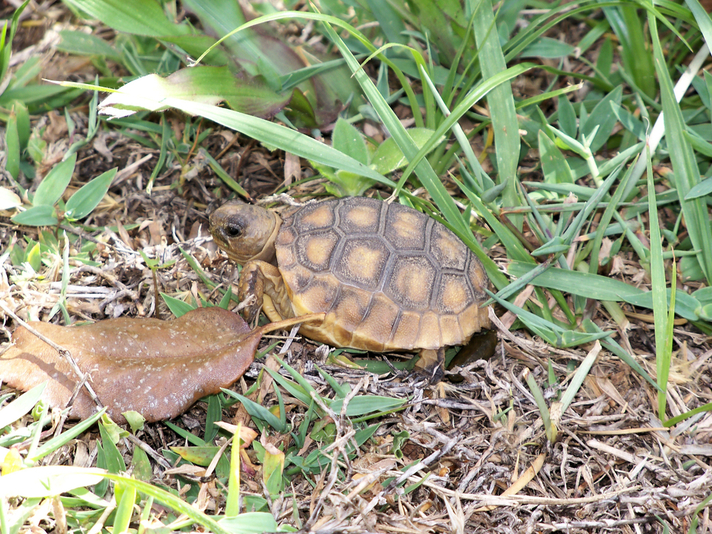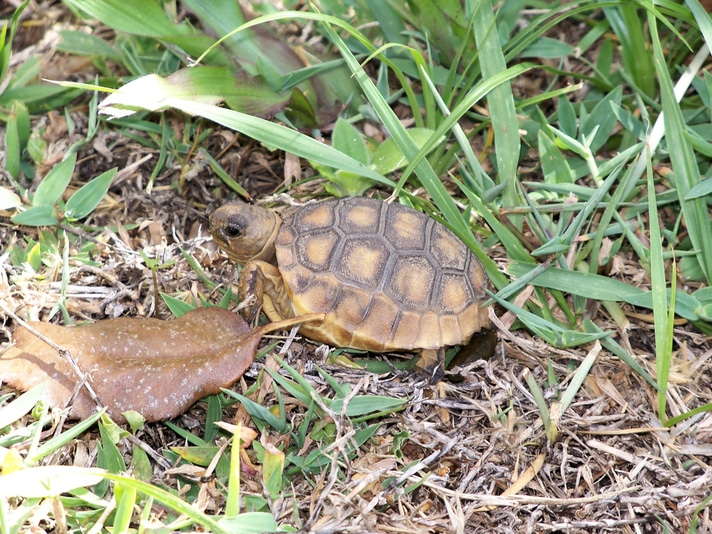A University of Georgia study concluded that head starting gopher tortoises increases their chance of survival in the wild.
Head starting, the practice of raising a species in captivity until they are large enough for most predators to consume has increased the number of gopher tortoises (Gopherus polyphemus) in the state of Georgia, according to a University of Georgia study on the practice.

Norma Stamp at Sunny Daze/Shutterstock
A University of Georgia study concluded that head starting gopher tortoises increases their chance of survival in the wild.
University of Georgia researchers Tracey Tuberville and Dan Quinn raised 145 gopher tortoises from egg to one year-old and released them into a protected habitat (part of a soft-release). Forty two tortoises were radio tagged and monitored for one year following what is called a soft release. Two soft-releases occurred in the habitat.
Indoor Tortoise And Turtle Table Housing
“We initially released the tortoises into pens to acclimate them into the natural environment,” he said. “This gives them time to construct a burrow and in theory it reduces predation risk.”
According to the researchers, 70 percent of the tortoises released as part of the head-start program were still alive one year after they were released into the Yuchi Wildlife Management Area in Burke County, GA.
“During 2014 and 2015, we head‐started and released 145 tortoises, of which we radio‐tracked a subset of 41 individuals, from 2 cohorts at 2 release areas within Yuchi Wildlife Management Area in Burke County, Georgia, USA, the researchers wrote in their paper. “Movement and mortality of gopher tortoises was highest in the first month after release but declined soon after. Estimated annual survivorship of our first cohort was 60.6%. Annual survivorship of our second cohort was low (7.1%) at the southeast release area but much higher (75.0%) at the northwest release area because of spatial variation in predation.”
The researchers determined that the juvenile tortoises maintained a strong rate of what is called site fidelity, meaning that they stayed together in the protected area, which should allow them to reproduce and that the soft-release was not necessary. Future releases will place the tortoises in various locations to help reduce the risk of predation. These will include 2 to 3-year-old tortoises, which are less susceptible to predators. Animals that the researchers worry about are fire ants, raccoons and dogs. The researchers say that fire ants result in more gopher tortoise fatalities than the other predators.
An abstract of the paper, “Post‐release movement and survivorship of head‐started gopher tortoises” can be read on The Journal of Wildlife Management web page.



